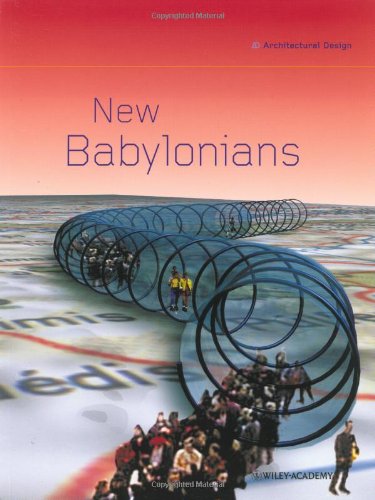The Situationist City ebook download
Par sparkman angella le dimanche, juillet 31 2016, 02:02 - Lien permanent
The Situationist City by Simon Sadler


Download eBook
The Situationist City Simon Sadler ebook
Format: djvu
ISBN: 0262193922, 9780585028286
Publisher:
Page: 352
His publications study the architectural ideas of the Archigram group, the Situationists, and other experimental practices. Considering the search for meaningful engagement in a society that feels increasingly fragmented, certain aspects of Situationist theory are more topical than ever. Backpost on Space, Tom McDonough “Situationist Space”. It comes from a group of theorists called the Situationists, whose work I have been interested in since learning about it in a first year art course. 'We demand games with great seriousness', that is the core essence of my research, can we still play (or were we ever able) to play with seriousness? The Situationists' focus on the city has been central to McDonough's choice of documents. Book Review: The Beach Beneath the Street – the Situationists · bkg_constant_babylon-1 Constant was a Dutch painter and artist who spent many years designing the utopian city of New Babylon. 'Allure' is an experiment in SITUATIONIST CINEMA. Most importantly “there is no longer any Temple of the Sun”; there is no 'place of enlightenment' in the city where cultural activities can come together. The situationists hoped that architecture would ”revolutionize everday life, release the ordinary citizen into world of experiment, anarchy and play”. He seeks to redefine notions of the Situationists' urban critique, arguing that instead it persisted throughout the group's duration. Just finished reading The Situationist City by Simon Sadler. Invited speakers include Simon Sadler, author of "The Situationist City". The rest of this chapter takes us on a whistle-stop tour of alternative urbanism; from the Situationist International's avant-garde 'psychogeography' to graffiti, parkour and free-running, to contemporary urban exploration. The situationists were are radical group of artists, theorists and activists, mainly in Paris in the '60s. This analysis begins by looking at Debord's Naked City map of Paris, defined by a psychogeographical space that is linked by 'unity of atmosphere'.